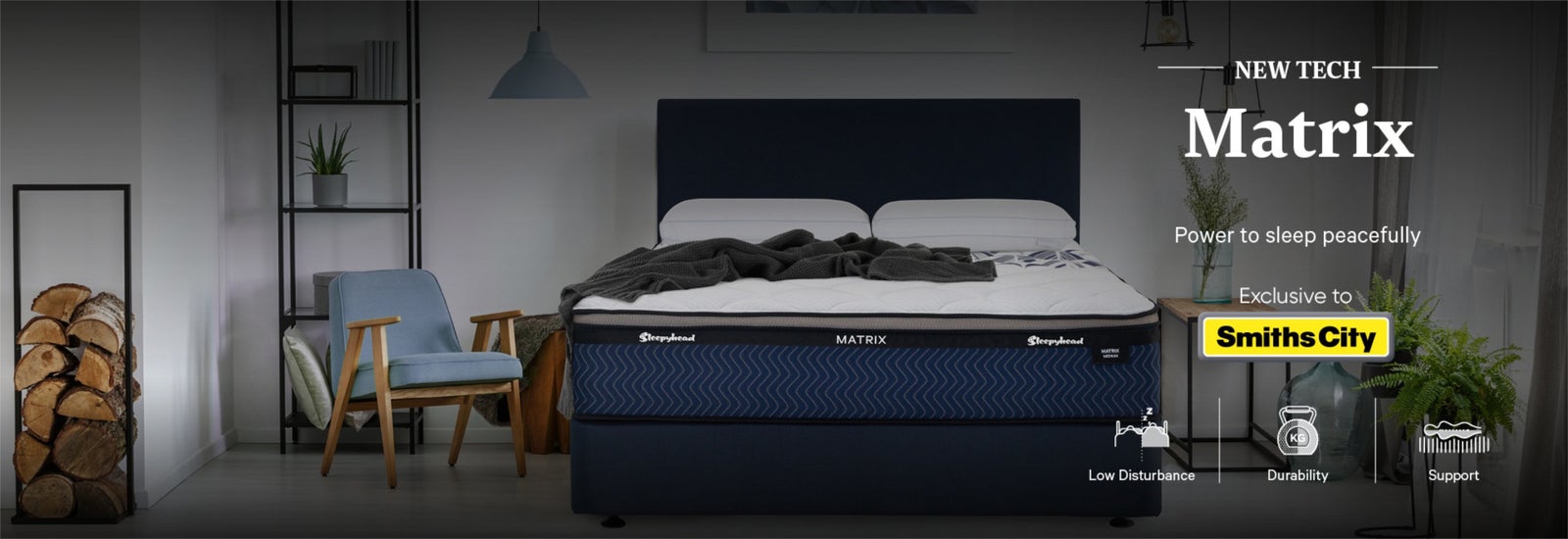1. Keep moving
Research has shown that in most cases, remaining active can help reduce pain, strengthen muscles and shorten healing time. In the case of minor back pain, the sooner you get back to being active, the better. Regular exercise such as walking and swimming is a great place to start. Once your back pain is under control, slowly introduce a regular exercise program. But before you sign up to your nearest cross-fit class, take some time to build your strength, fitness and flexibility. Building your core strength is especially important.
2. Posture perfect
Because technology plays a huge role in our lives, being mindful of our posture is harder today than ever before. Yet being aware of our posture, especially the alignment of the head, neck and shoulders, is one of the most important things we can do to prevent back pain. The next time you catch yourself sitting in front of your computer screen with your chin jutting forward or stooping over your phone, stop and correct your posture.
3. Maintain a healthy diet and weight
Maintaining a healthy weight is important for everyone, but especially so if you’re suffering from back pain. Carrying extra weight increases the risk of back pain, joint pain and muscle strain. This is especially true if you’re carrying extra weight around your stomach, because the extra weight pulls your pelvis forward and strains your back. Beyond maintaining a healthy weight, eating a diet rich in calcium, phosphorus and vitamin D helps to promote new bone growth and overall vitality.
4. Stretch it out
Almost all of us could benefit from stretching the soft tissues (muscles, ligaments and tendons) in our back, legs, buttocks, and around the spine. Stretching is even more important if you’re experiencing ongoing back pain. Research shows that incorporating stretching exercises into our daily routine can be effective in promoting long-term relief from chronic back pain. So get into the habit of stretching every day – perhaps first thing in the morning or last thing at night. Or think about building a weekly yoga or stretch class into your week.
5. Strengthen your core
The back and abdominal muscles which support our spines tend to weaken with age, unless we specifically exercise them. Strong back and abdominal muscles can help heal most types of back pain, especially pain caused by soft tissue injury or back muscle strain. Most people don’t do enough back and abdominal exercise in everyday activities or even during exercise sessions. The next time you exercise remember to throw in a few extra crunches to help strengthen your core.
6. Watch your technique when lifting or twisting
The most common causes of back pain are lifting heavy objects, lifting while twisting, sudden movements and falls. Injury through sport is also a common cause of back pain, particularly sports that involve twisting, such as golf, or any type of sudden impact or jarring. Make sure you use proper technique with your core engaged when playing sports or doing any kind of lifting or twisting activity.
7. Check how you’re sleeping
Being mindful of your sleep position and having a good, supportive mattress should allow you to wake up feeling well-rested and free of pain. The hours you’re asleep are important for restoring back muscles, bones, ligaments and discs.
8. Choose the right bed
Sleeping on an old sagging non supportive bed won’t help your back pain. Is it time to invest in a supportive mattress that’s designed to help your back? Our exclusive Sleepyhead Matrix bed range gives you the back support you need through Powerband. It’s made of Kevlar™ and positioned in the mattress to give you support in the lumbar regions.
Learn why a good bed is important here
1. Stretch and keep Moving
Sedentary spines are not happy spines and it might just be a really simple regime of stretching into your neck, making sure that your body is moving by doing some gym Pilates exercise or running whatever that is that keeps you moving.
2.Get the right bed mattress for you
Support the hips and Pelvis, making sure that your is spine supported. It's so important and is one of those investments that you never regret
3. Manage the amount of time spent on devices
If our head is in the forward-bent position what its doing is essentially just stretching the back muscles at the back of our neck and that going to reduce blood flow circulation into brain and reduces your acuity which is the way you think and how sharp you can be, we want to make sure that actually not a problem for you so straighten up get your shoulders back get your chin up.
4. See a professional
Don't wait for the wheels to fall off and beyond help, if we are looking at your health at a hole its really important we know where we are starting from.




